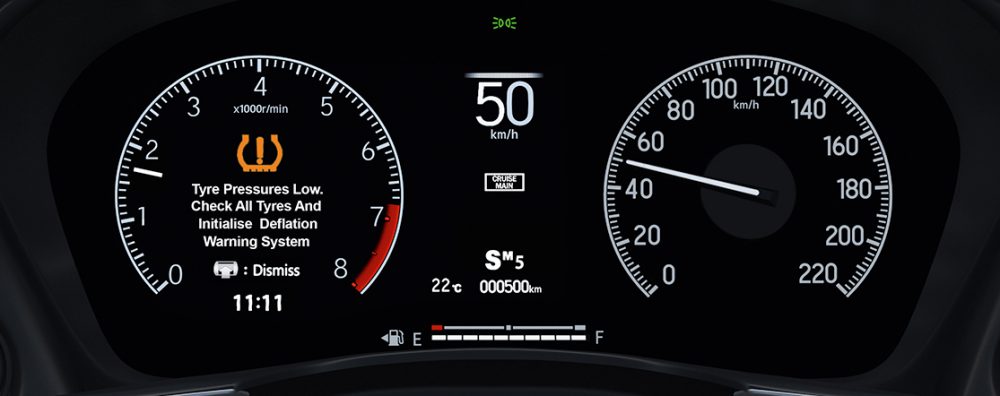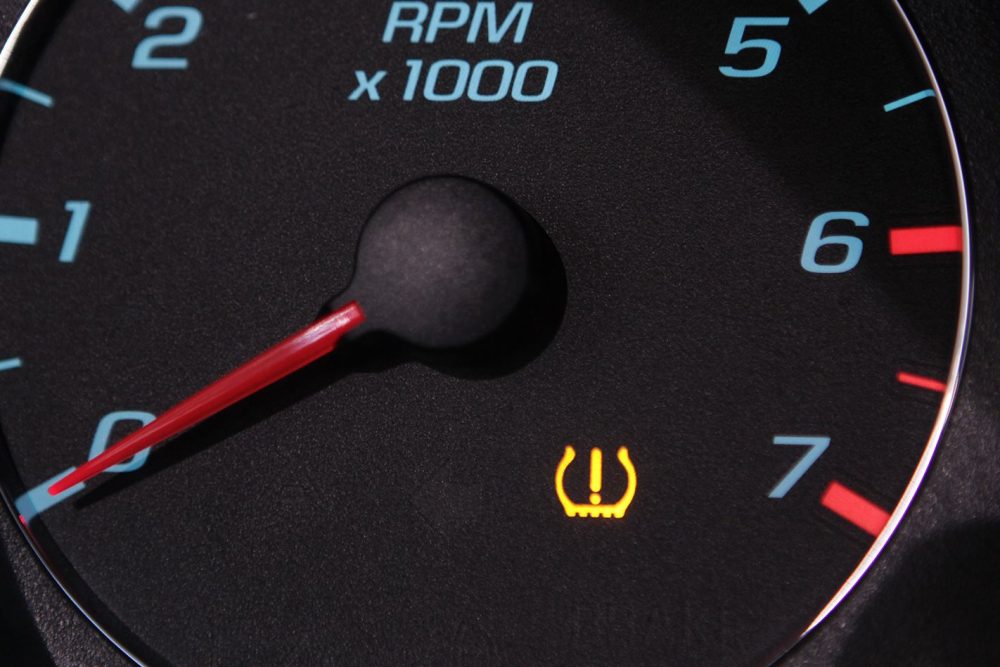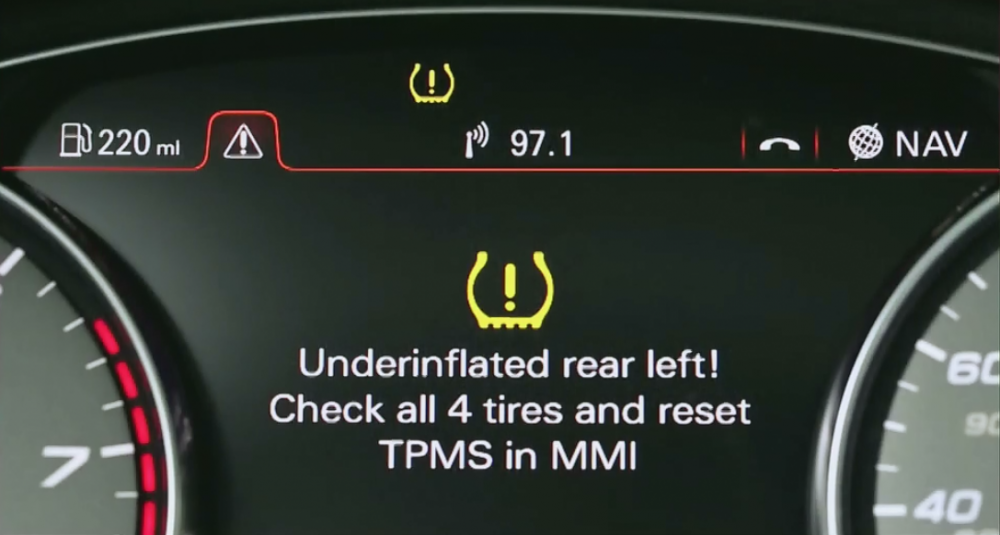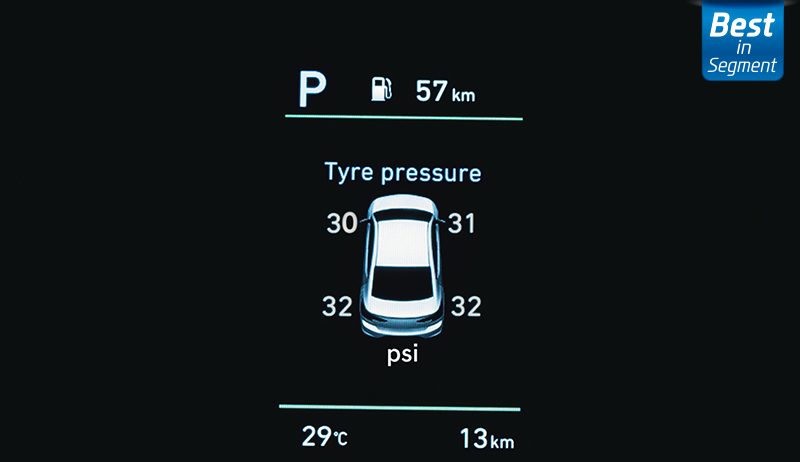Technology is something that changes with every passing second, the same goes for the innovations in the automotive sector. With this, cars are becoming even safer. That said, one ignored safety feature in modern cars is the TPMS or Tyre Pressure Monitoring System.

Okay, if you are not aware, this TMPS detects possible drop is tyre pressure (tyre punctures) and displays the pressure in each and every tyre. Now, this is where the type of tyre pressure monitoring system comes in.
Currently, in the market cars comes with either a direct TPMS (dTPMS) or indirect (iTPMS). So, which is better and why? let’s learn together.
TPMS (Tyre Pressure Monitoring System)

Before diving straight into detail, let’s see what precisely is a TPMS.
- Tyre Pressure Monitoring System is a part of many of the current-gen cars that makes the driver’s life a lot effortless.
- Depending upon the TPMS, this system will either warn the driver about a deflating tyre and a puncture.
- Or the more advanced monitoring system displays the exact pressure in each of the individual tyres.
Now you may ask, why is it necessary to know the tyre pressure? There are diverse side effects of not maintaining tyre pressure.
- With low tyre pressure, the engine has to do a lot more work in order to move the vehicle, hence will reduce the fuel economy.
- Moreover, a tyre running on low pressure will also increase tyre wear. So, if you want more rubber on those tyre, TMPS is necessary. (Or at least keep regularly check the car tyre pressures)
Now with that clear, let’s look at what are two types of TMPSs in the market.
Download The GoMechanic App Now!
Tyre Pressure Monitoring System: Classification
Based on the working a TPMS can be bifurcated into two, indirect (iTPMS) and direct (dTPMS).
iTPMS

- The most cost-efficient tyre pressure monitoring system is the indirect one.
- iTPMS doesn’t use any specific sensors to diagnose a deflating tyre or low pressure in the tyre.
Working
This type of monitoring system gathers data from the wheel speed sensor, and ABS systems to approximate the tyre pressure (senses by the rotational mass of the tyre). Meaning? An indirect system is not accurate.
Drawbacks
Not having an individual sensor is the biggest flaw in this type of system. This makes this network relay on dynamic sensors.
- Where using the wheel speed sensor and ABS module is cheaper to run and manufacturer, it is surely not accurate.
- iTPMS can easily diagnose low pressure in situations where one or two tyres are having low pressure.
- But if all 4 tyres are running low pressure, this will not be able to make out the difference hence it will not trigger the alarm.
- Although the advanced iTPMS are capable of differentiating the same.
- Also, the driver has to reset the TPMS system after every refill.
dTPMS

Going right by the name, the system that uses individual tyre pressure sensors is the direct system. This makes them a little expensive to maintain and manufacture.
Working
Usually, the tyre pressure sensor or the module is located on the inner side of the tyre and runs on batteries.
- The module constantly communicates with the vehicle wirelessly in order to display the exact pressure in the tyres.
- Yes! the dTPMS is capable of diagnosing the precise pressure in each tyre of the car.
- In some vehicle, even the spare tyre gets the sensor so that you are aware of the pressure in the least used tyre.
Flaws
Although these are more advanced than the iTPMS they are surely on the higher side when it comes to the maintenance cost.
- As said earlier dTPMS contains batteries, hence they will eventually run out of juice after a specific period of time.
- This is somewhere near the time you’ll be changing your complete tyre set. If not, you’ll have to take out the individual tyre and install new batteries to the TPMS module.
- That’s not all, at times car manufacturers will not allow you to change the batteries at the module is sealed. Hence, a complete replacement will be the only option.
Which is better?
Well, for sure it is the dTPMS that everyone will prefer. But considering the use, some people may not want the exact tyre pressure readings. dTPMS is a super useful tool in SUVs that go in the woods and offroad trails. That said, be it any system, owning a vehicle with TPMS does reduce a lot of pressure from the head of running flat tyres.
To have a gist of it, as far as we know the 2020 Honda City uses an iTPMS and the new Hyundai Verna uses dTPMS.
Informative: Car Tyres: Here Is Everything You Need To Know
Let us know, what do you think about the TPMS, and how useful is this underrated feature?
Also, Read What Are Those Numbers On Car Tyres? Car Tyre Markings Explained







